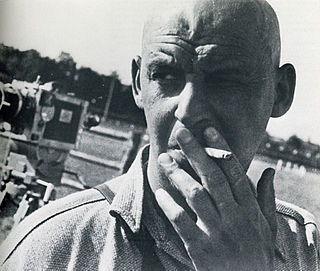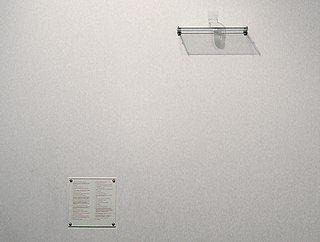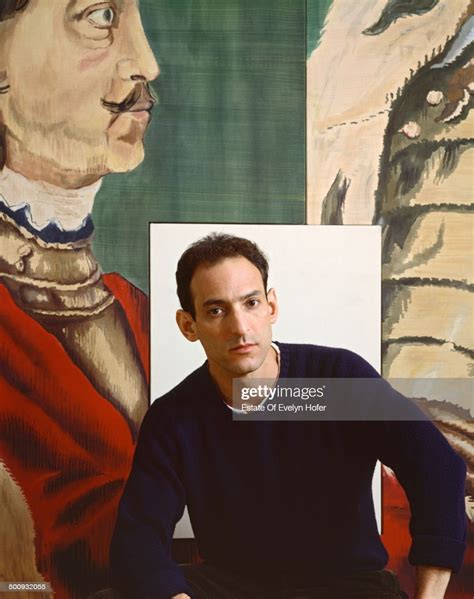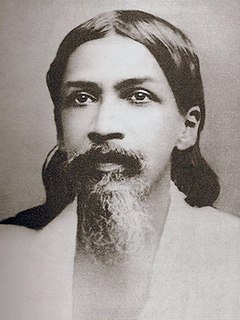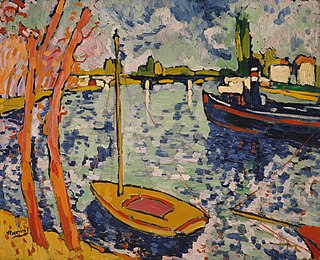A Quote by Fernando Botero
When you start a painting, it is somewhat outside you. At the conclusion, you seem to move inside the painting.
Related Quotes
Since Courbet, it's been believed that painting is addressed to the retina. That was everyone's error. The retinal shudder! Before, painting had other functions: it could be religious, philosophical, moral... our whole century is completely retinal, except for the Surrealists, who tried to go outside it somewhat.
All that stuff about flatness - it's this idea that painting is a specialized discipline and that modernist painting increasingly refers to painting and is refining the laws of painting. But who cares about painting? What we care about is that the planet is heating up, species are disappearing, there's war, and there are beautiful girls here in Brooklyn on the avenue and there's food and flowers.
You have bits of canvas that are unpainted and you have these thick stretcher bars. So you see that a painting is an object; that it's not a window into something - you're not looking at a landscape, you're not looking at a portrait, but you're looking at a painting. It's basically: A painting is a painting is a painting. And it's what Frank Stella said famously: What you see is what you see.


